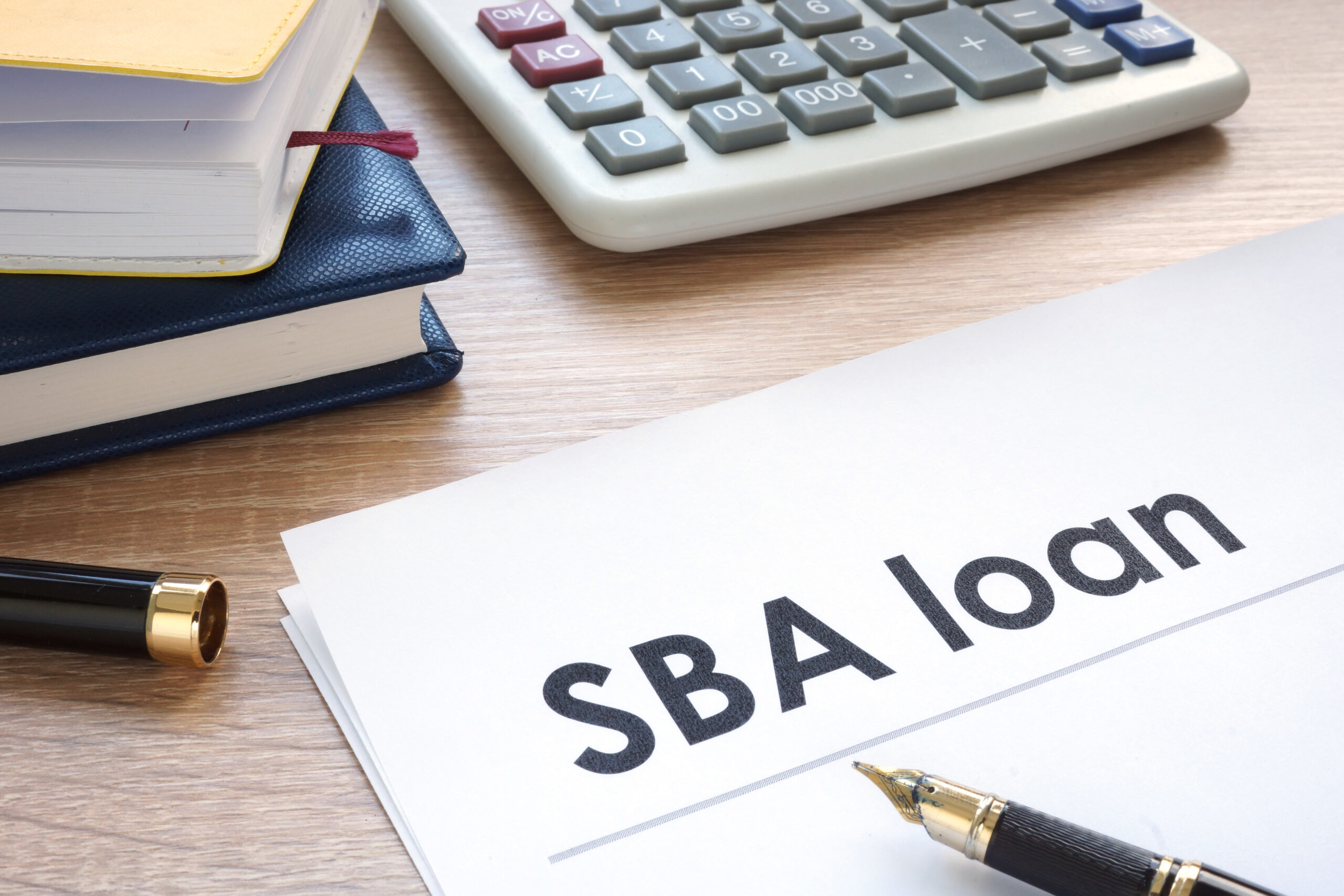Retirement is supposed to be an exciting time in your life. It’s when you step away from the workplace and get a chance to unwind, sit back and enjoy life.
Unfortunately, this is not how things are for people who haven’t saved for retirement. When you fail to save for retirement, this time in your life may instead come with worries and stress.
An estimated 25% of Americans have no savings plan in place for their retirement. This guide will help you get a better view of why it is essential to save for retirement and how to start saving.
Why Should You Save Money for Retirement?
Once you reach a certain age, you will probably want to stop working and enjoy your family, hobbies, vacations, etc. The average age of retirement is around 65 years. But when you stop working, the monthly salary you depend on will no longer be available to you.
This is one of the most important reasons why you need to ensure you save for retirement. When you have savings available at the time you retire, there is no need to worry about not getting paid your monthly salary anymore.
When Should You Start Saving for Retirement?
When it comes to saving for retirement, it is important to note that it is never too early to start. The earlier you start preparing things for your retirement, the more funds you can accumulate.
This can help you prepare for a more luxurious retirement than living a life where you can barely get by. Many experts believe that you should start saving in your 20s. This is the best way to help ensure you will have a large amount of funds accumulated by the time you need to retire.
You do not need to put thousands of dollars into a retirement savings account at this time. Instead, start with small amounts, and you’ll be surprised at how quickly your funds grow.
How To Get Started? Saving For Retirement
Starting early is important when saving for retirement, but you also need to understand what steps you need to take. A step-by-step system will help you better understand how to save money to live a happy and carefree life throughout your retirement years.
Set A Savings Goal
The first step you need to take is setting goals for yourself. Set goals based on your age, as your income may grow as you age. This is because we build up experience and perhaps further our education over time, paving the way for better-paying positions.
If you are going to use an IRA, make sure you also take into consideration the IRA contribution limit. You cannot exceed these particular limits when you save up for retirement.
If you want to save more than the limit, you may need to look at more than just traditional IRAs. For example, you could decide to contribute to a Roth IRA.
A good retirement goal to set for yourself is to save about 10% to 15% of the money you earn annually. For example, if you earn $30,000 annually in your 20s, try to save between $3,000 and $4,500 of that money into your retirement plans.
Contribute To Your 401k Account
Make sure you also contribute to the 401k that your employer offers you. Unfortunately, some employers do not offer these accounts. If you’re employer does offer to contribute to a 401k account, make sure you take advantage of it.
Get The Most from Your Employer’s Match
While you contribute to your 401k account, it is important to consider whether your employer offers a match. This usually comes as an exact match to the amount you put into the retirement plan every month.
If your contribution and your employer’s does not count up to the annual limit, you should consider increasing your contribution. This would also mean your employer will match the new monthly payment from your side.
Open An IRA
An individual retirement account (IRA) can also be an excellent addition to your retirement goals. It is a type of long-term savings plan that you contribute to monthly.
You can use the IRA to help ensure you have additional funds available at retirement, apart from what you have accumulated in the 401k.
Reduce Your Spending
Another thing to consider is how you spend your money. Keep track of all your expenses and determine if there are any areas where you essentially waste money.
Reducing the amount of money you spend can help make sure you have more funds to add for your retirement plans. You can use a credit monitoring service to help identify ways to pay off debt faster and that can help reduce your spending too.
Plus, credit monitoring plans come with identity theft protection, so you can stay on top of possible suspicious activity. This also can help protect the funds you are saving for retirement.
Common Mistakes When Saving for Retirement
There are certain mistakes that people make when it comes to saving for their retirement. However, when you better understand these mistakes, it becomes easier to avoid them.
Below, we are going to take a closer look at a few common mistakes that you should avoid:
- Don’t think your retirement is going to take care of itself. This will cause you to have a hard time making ends meet once you retire.
- Don’t overlook the importance of free money in the form of employers contributions to a retirement plan. Many employers offer this benefit.
- Avoid having a single nest egg, but rather diversify your savings profile.
- If you change jobs, don’t spend the funds from your 403b or 401k that is paid out. Rather have the funds roll over to the retirement plan with your new job.
- Avoid putting all of your funds into the stock market. Investments can go wrong, so you should focus mainly on your 401k plan and Roth IRAS.
When To Stop Saving for Retirement?
There really is no need to stop saving for your retirement until you actually retire. However, some people may set a specific goal for themselves and decide to stop once they achieve it.
If you are certain that the goal amount in mind will be able to properly supply you with everything you need in your retirement, you can stop contributing to the fund. With this said, it is generally a good idea to continue adding funds to these savings accounts until you retire.
This can help maximize the growth of the retirement funds you will access.
Bottom Line
From creating individual retirement accounts to taking advantage of free money, there are several ways you can save for your retirement. Long-term savings, a tax-free account and several other methods can help ensure you have enough funds by the time you retire.
This can take the stress out of retirement and allows you to have a relaxing retirement.













